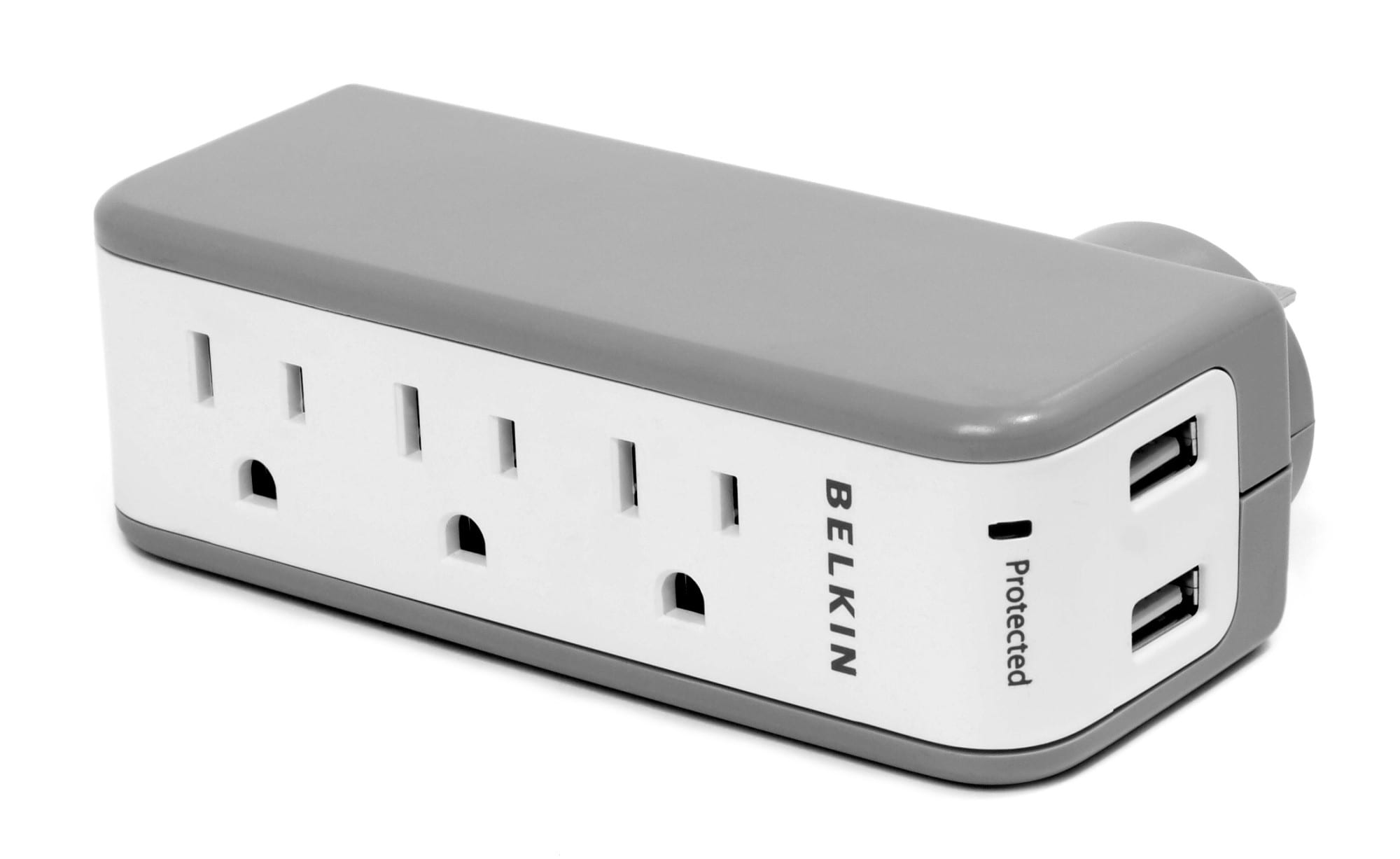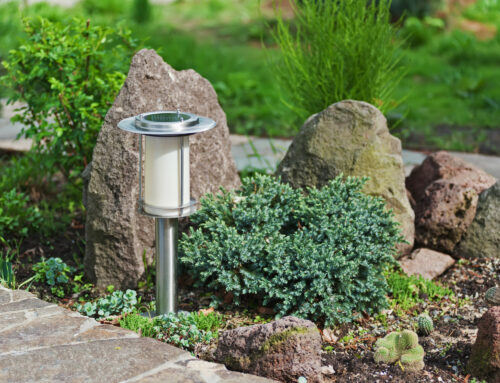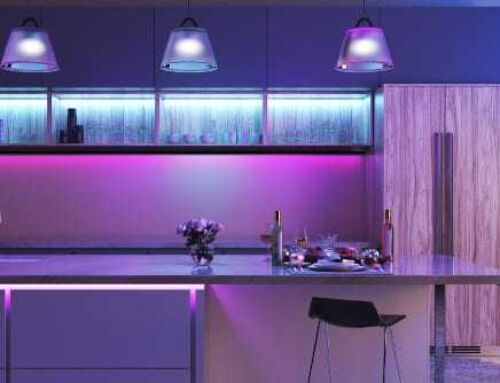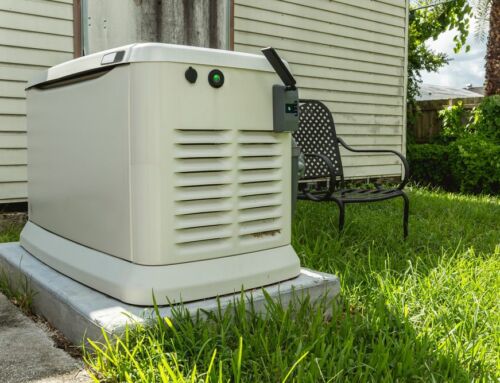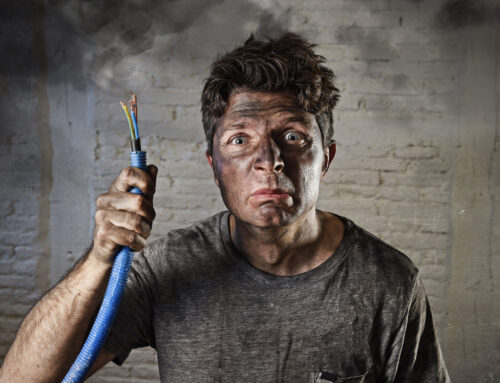You probably have a surge protector (or a few) around your home or office. They are a common way to add more outlets to an existing wall outlet while also protecting your electronics from power surges.
However, while power surge protectors are a helpful piece of equipment designed to protect your home, improper use can make them a hazard. From the risk of fire to a protector that’s ready to retire from use, keeping an eye on these devices and following a few tips can keep your electronics, appliances, home, and office safe.
How does a surge protector work? Keep reading to learn a few safety Do’s and Don’ts!
How Does a Surge Protector Work?
It’s better than a power strip! While a strip simply provides more outlets, a surge protector does that while also diverting a surge of electricity into a ground wire housed within the protector. A power strip won’t keep a burst of electricity from frying your electronics.
How Should I Use a Surge Protector?
Surge protectors are an excellent safety device, but using them incorrectly can make them dangerous. When using a surge protector, follow these tips!
DO Get a Bigger Protector Than You Think You Need
We’re not trying to get you to spend more money, but in many cases, a surge protector that doesn’t have enough outlets can’t do its job. If you run out of outlets to plug in your devices, you won’t have the surge protection you need for all of your electronics.
Plus, if you add another device, you’ll outgrow the surge protector you have. Purchase one with more outlets than you currently need. You’ll have space for all of your devices plus anything new—without needing to purchase another surge protector any time soon.
DON’T Overload It
A surge protector can only safely protect the devices plugged directly into it. If you “expand” the outlets by plugging another surge protector or power strip into your first protector, you risk overloading the device.
An overloaded protector can catch fire or fail to stop a boost of electricity that ruins your electronics.
DO Use the Right Type of Plugs
Only use two-pronged plugs in two-pronged outlets! A three-pronged plug is not designed to support a device with a two-pronged plug. You’ll risk a first or shorting out your appliance.
DON’T Forget About the Joules
Your surge protector might have plenty of outlets, but without the right joule rating, it can’t absorb enough power from a surge to protect everything plugged into it. The joule rating tells you if your surge protector can do the job you need it to do!
For the best protection of your expensive electronics, don’t settle for surge protectors rated lower than 600 joules.
Maintain Safety When Using a Surge Protector
How does a surge protector work? By putting safety first, your surge protector can keep your electronics safe from a sudden burst of electricity.
Ready for a whole house surge protector? Contact White Electric and let our technicians protect your home and electronics.

